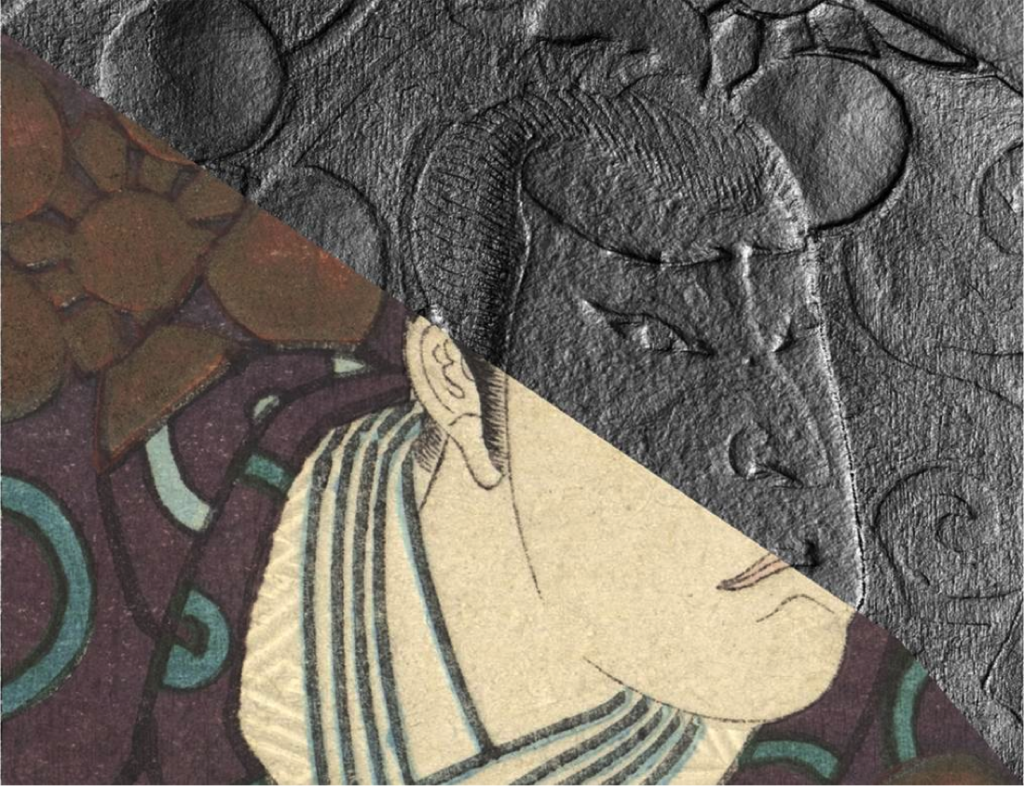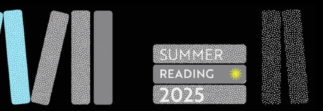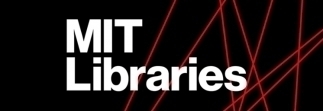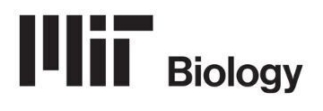Discussion: Thursday, February 27, 2014, 11:00 am, 14N-132 (DIRC)

Detail: Two modes of Reflectance Transformation Imaging. The bottom view shows a Japanese woodcut in “Normal” mode. The top view shows the “Specular Enhancement” mode, which removes color virtually to reveal the subtle surface impressions made in the paper by the artist. © Fine Arts Museums of San Francisco. Konishi Hirosada, artist, Osaka Actor Mimasu Daigoro IV , color woodcut with embossing and metallic pigment, c. 1851-59.
New scientific imaging tools offer the capability to see distinctive details on a 16th century rare book cover, a manuscript, or a work of art, that can’t be seen with the naked eye. Please join the MIT Libraries’ Curation and Preservation Services Department for a fascinating look at how this technology can help us to learn more about our cultural heritage materials, and how to best preserve them.
Carla Schroer, of the non-profit Cultural Heritage Imaging, will discuss the new empirical capture and analysis tools Reflectance Transformation Imaging (RTI), Algorithmic Rendering (AR), and image-based Structure from Motion (SFM) generation of textured 3D geometry. These techniques will be explored in the context of the emerging science of “Computational Photography.” Computational Photography extracts and synthesizes information from image sequences to create a new type of image containing information not found in any single image in the sequence. This technology is in use in many areas from major art museums to remote archaeological sites to fields in the natural sciences.
The event is free and open to the public, no registration required.


